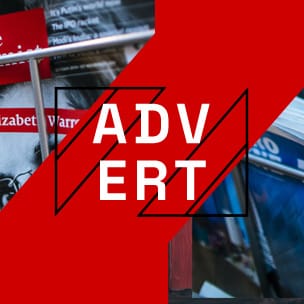Just Two Percent of Content Focuses on Society’s Vulnerable Groups
Photo: Agency for Audiovisual Media Services
An analysis conducted by the Agency for Audiovisual Media Services (AMU) reveals that only two percent of the content aired on national television programs focuses on vulnerable segments of society.
AMU reported that the monitoring occurred from June 3 to 9 last year, encompassing eight television programs with national reach, aligned with the then-current Law on Electronic Media applicable to at least 75 percent of the population across more than ten local administrative units.
The analysis included programming from the national public service Radio Television of Montenegro – TVCG 1 and TVCG 2, in addition to TV Vijesti, Adria TV, Prva TV, TV Nova M, TV Nikšić, and TV E.
“The results indicated that merely two percent of the overall broadcast content was allocated to vulnerable groups,” the statement elaborated.
According to AMU, the predominant subject matter addressed individuals with disabilities, making up 34 percent of the relevant content, while coverage of other vulnerable populations accounted for 19 percent.
“Programming concerning female victims of violence was represented with 17 percent, followed by topics about the Roma and Egyptians at 13 percent, and economically disadvantaged families at 12 percent,” the statement highlighted.
Content specifically targeting the LGBTIQ+ community had the lowest representation at five percent, as stated by AMU.
“The analysis findings indicated that public broadcasters featured more content related to vulnerable groups – 57 percent as opposed to 43 percent from commercial broadcasters,” the statement noted.
It was observed that the majority of this content fell within the categories of news and documentary-educational programming.
“The highest proportion of content addressing vulnerable groups was broadcasted through the TVCG 1 channel at 29 percent, followed by TV E at 20 percent and TV Nikšić at 19 percent,” AMU reported.
Other broadcasters displayed significantly lower percentages: TV Vijesti had ten percent, TV Nova M seven percent, Prva TV six percent, Adria TV five percent, and TVCG 2 four percent.
TVCG1 was noted as the sole broadcaster during the observation period to air content in the Romani language, “Savore,” along with programming presented in sign language.
“The analysis determined that media portrayals of vulnerable groups were neutral in over half of the instances, with affirmative sentiments recorded in a third of the reports, while negative portrayals were absent,” the statement reported.
According to AMU, in half of the broadcasts, representatives from vulnerable groups were the principal speakers, while 16 percent of instances featured institutional representatives discussing these issues.
“AMU emphasizes the necessity of enhancing the inclusivity of programming by broadening the range of content designed for or aimed at vulnerable groups, while also increasing their quantity, variety, relevance, and interactivity,” the statement asserted.
Particular focus, as pointed out by AMU, should be directed towards producing and/or providing content in the languages of linguistic minorities in Montenegro (Albanian and Romani).
“It is equally imperative to diversify genres, especially concerning cultural and artistic, sports, and children’s programming designed for vulnerable social groups,” the statement concluded.
News


